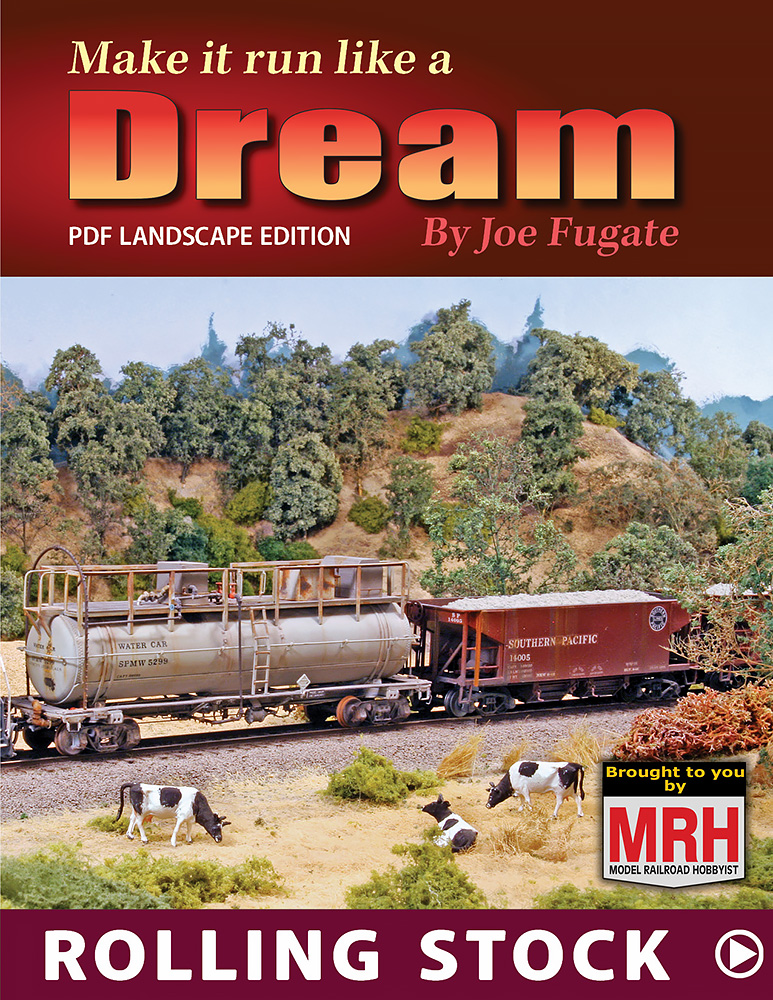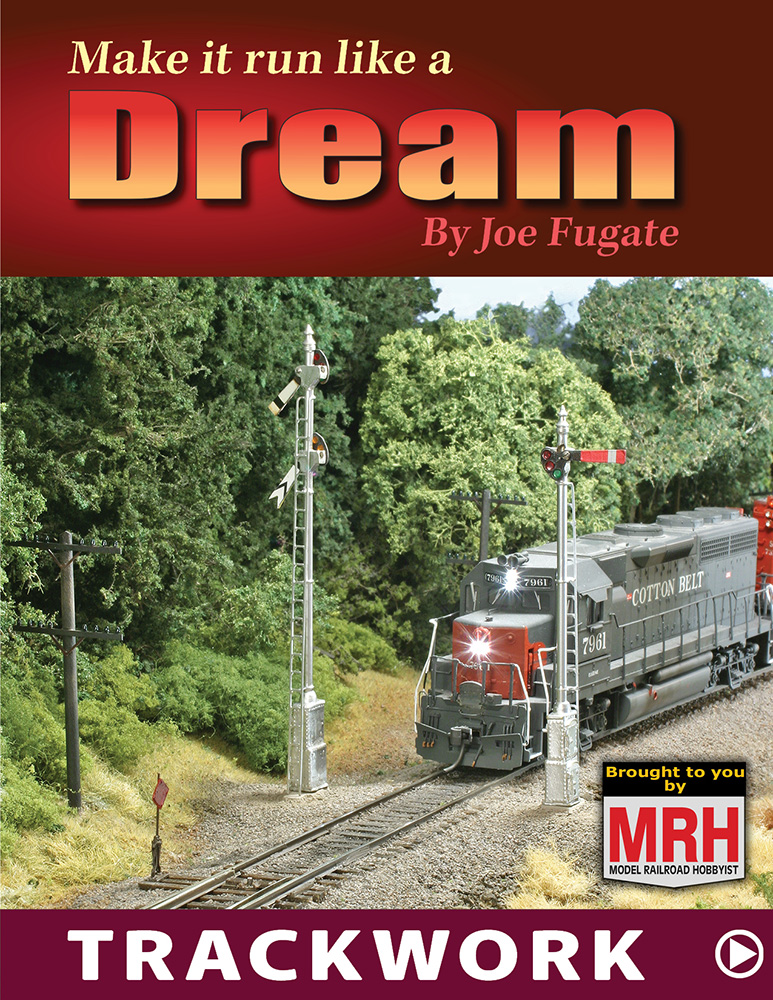The turn of the century modeller is not spoilt for choice when it comes to ready to run locomotives or rolling stock models.
There are a number of very nice kits made by manufacturer's specialising in turn of the century equipment. However, I do not own any of them. One-third of my rolling stock is made up of Bachmann old time cars. When I started out in turn of the century modelling all I had was four Bachmann old-time freight cars and three passenger cars. I was able to find more of these 34' freight cars for sale second hand to grow my rolling stock fleet. Most cost between NZ$8-12 per car.
Thoroughfare Gap Railroad
| | |
Rolling stock by manufacturer
| | |
| Manufacturer | Number of each | % |
| Bachmann | 17 | 33% |
| Frateschi | 1 | 2% |
| IHC | 9 | 18% |
| Kitbash | 1 | 2% |
| Mantua | 7 | 14% |
| MDC | 2 | 4% |
| Roundhouse | 10 | 20% |
| Scratchbuilt | 4 | 8% |
| Grand Total | 51 | 100% |
Most of the Bachmann freight cars are flat cars or gondolas and the detailing is more toy-like. Even so, a little weathering goes a long way in making these cars look better. Over time, I've painted and weathered the decks to look like grey weathered wood and some added custom decals.
To get the cars to run reliably, I replaced the thickly moulded trucks with Walthers proto arch-bar trucks and wheelsets. In doing so I also body mounted the couplers. I find body mounted couplers much less likely to derail when shoving a string a of cars while switching.
Even after all these improvements, the height of the cars has still bothered me. The car body itself is quite thick as it accommodates a metal plate to give the car enough weight to track well. In addition to this, the cars bolsters are quite high, meaning the car body sits high on the trucks. All this means these cars are obviously taller when sitting next to other cars on the layout.
I decided to try lowering these cars and I'm quite pleased with the results. I filed down the bolsters leaving enough clearance for the trucks and wheelsets to pivot over rough track. I also removed the metal weight. This allowed the plastic shell to fit slightly lower over the plastic underbody.
 |
| Bachmann Old-time gondolas, the lowered car is on left, original on the right. Side by side, the height difference is very noticeable. The plastic stirrups have been cut off to be replaced by metal ones. |
The only problem now was the lack of weight. I cut out a section of the plastic underbody frame and filled it with lead shot until the cars achieved the desired weight. The lead shot was glued in place with PVA glue.
So far, I've lowered two of these cars, but they appear to be tracking around the layout just fine. I'll be slowly working my way through the roster.










